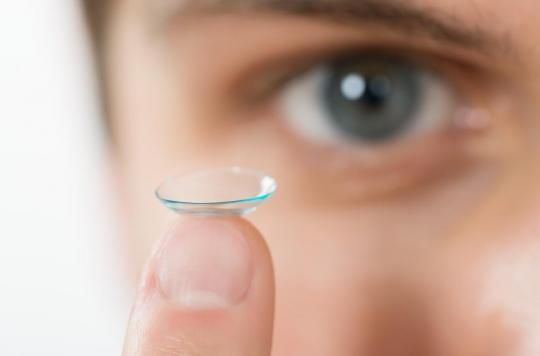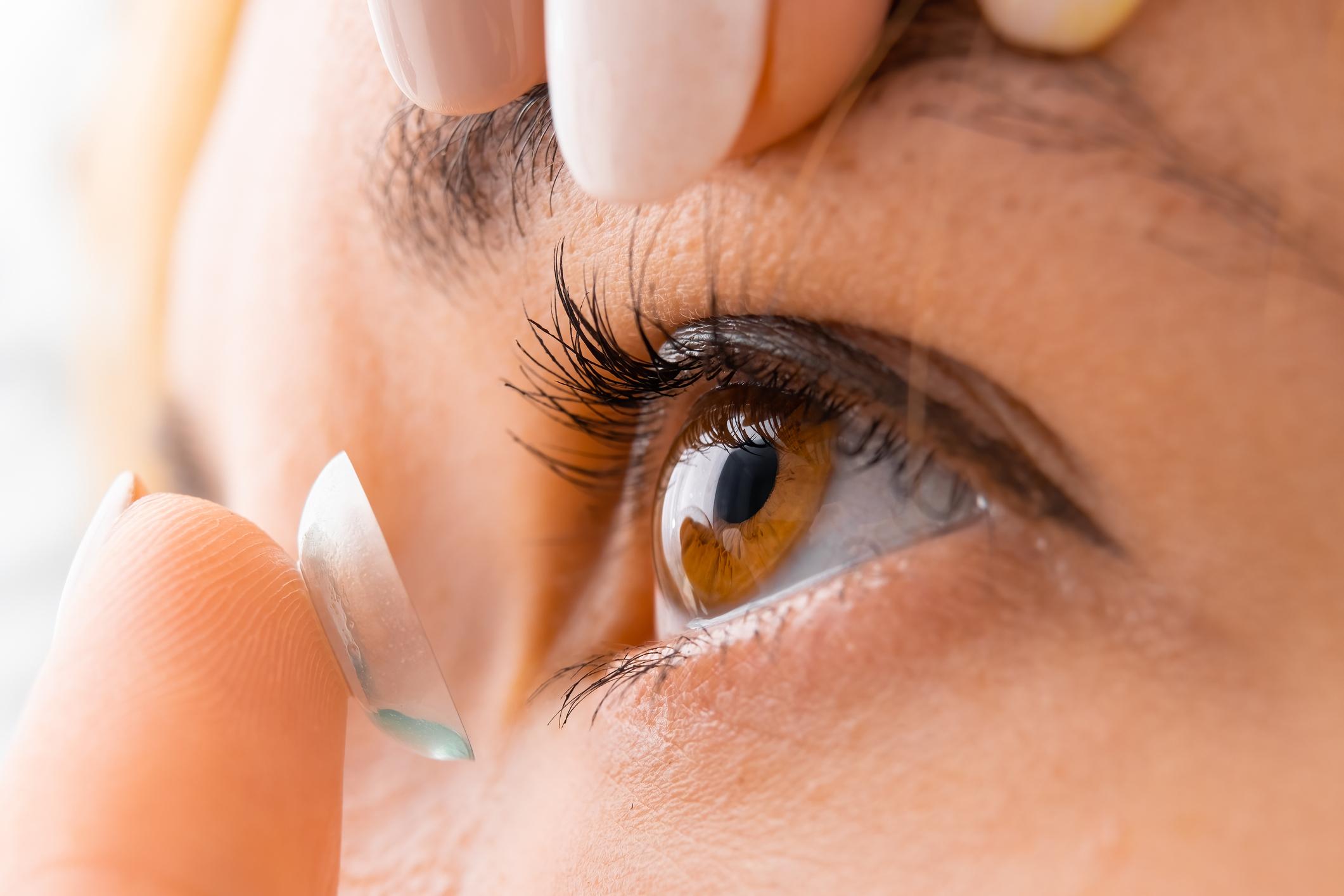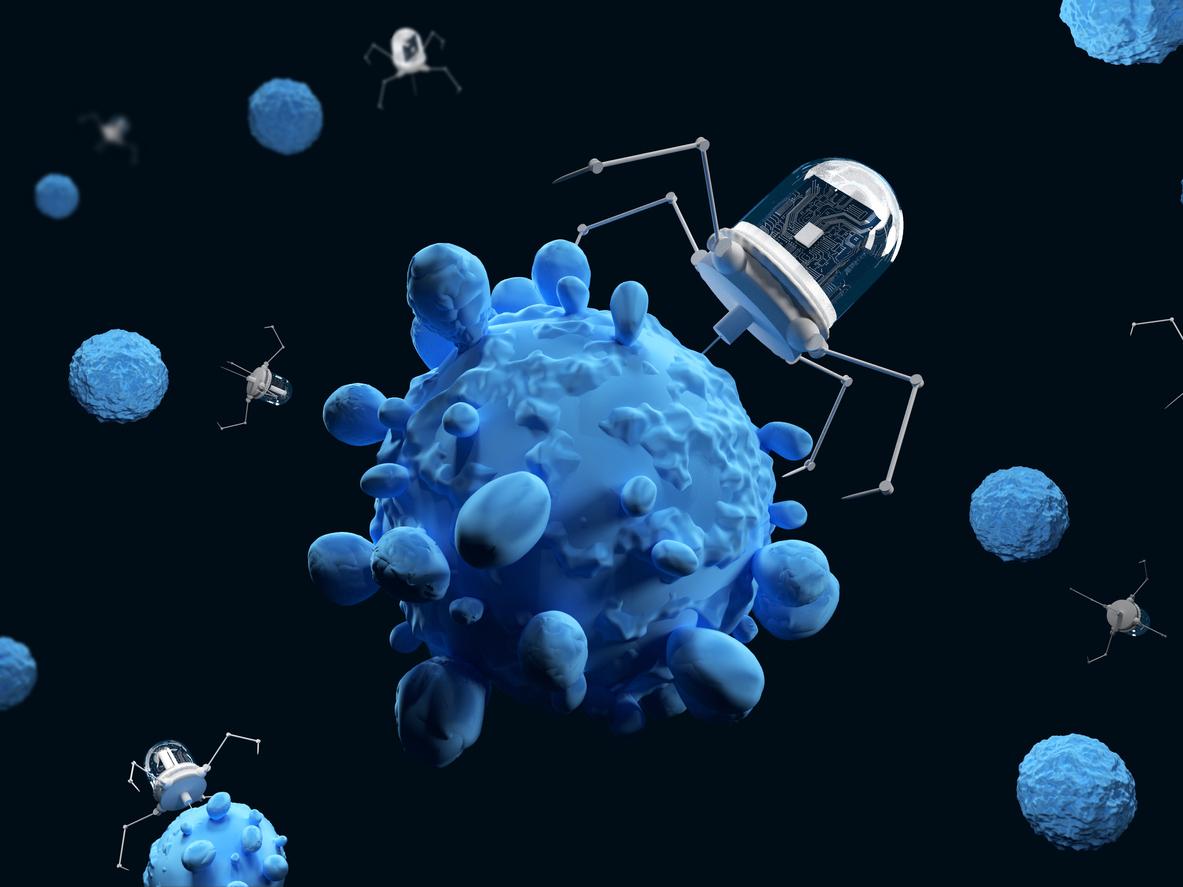To enable people with color blindness to distinguish between shades of red and green, researchers have developed contact lenses containing gold nanoparticles.

- Containing 40nm wide gold nanoparticles, these contact lenses filter light in the 520-580nm wavelengths where red and green overlap, allowing color blind people to better distinguish these colors.
- They are presented as an effective alternative to tinted glasses and are safer than rose-tinted contact lenses.
Commonly referred to as color blindness, color vision deficiency is a generic vision disorder characterized by difficulty in differentiating between colors or hues, especially red and green. Affecting an average of 8% of men and 0.5% of women, color blindness is due to the absence or deficiency of one or more of the three types of cones in the retina of the eye.
In most cases, a person with color blindness perceives only two dominant colors, blue and yellow, but confuses the shades of red and those of green. To help them distinguish colors better, there are tinted glasses. But their effectiveness is limited, as they cannot be used to correct blurred vision.
Recently, tinted contact lenses are also in development, but they are the subject of controversy because of their potentially unstable material, and therefore harmful to sight.
The solution to helping people with color blindness distinguish colors may come from researchers at the American Chemical Society. In a study published in the journal ACS Nanothey explain that they have developed contact lenses containing gold nanoparticles to improve the red-green contrast in a safe and effective way, since gold nanocomposites are non-toxic to the body.
More effective than glasses, safer than tinted lenses
To make the contact lenses, the researchers homogeneously mixed gold nanoparticles into a polymer hydrogel. They thus produced pink-tinted gels that filter light in the 520-580 nm wavelengths where red and green overlap.
The most effective contact lenses are those containing 40 nm wide gold nanoparticles, because in testing these particles did not clump together or filter out more color than necessary.
To measure the effectiveness of their contact lenses, the researchers compared them to two pairs of commercially available tinted glasses, as well as bright pink tinted contact lenses they had previously developed. Gold nanocomposite lenses were found to be more selective in the wavelengths they blocked than eyeglasses, and were as effective as tinted contact lenses, but with no safety issues.
The next step will be to conduct clinical trials on human patients to assess the comfort of the lenses before a potential marketing application.
.















